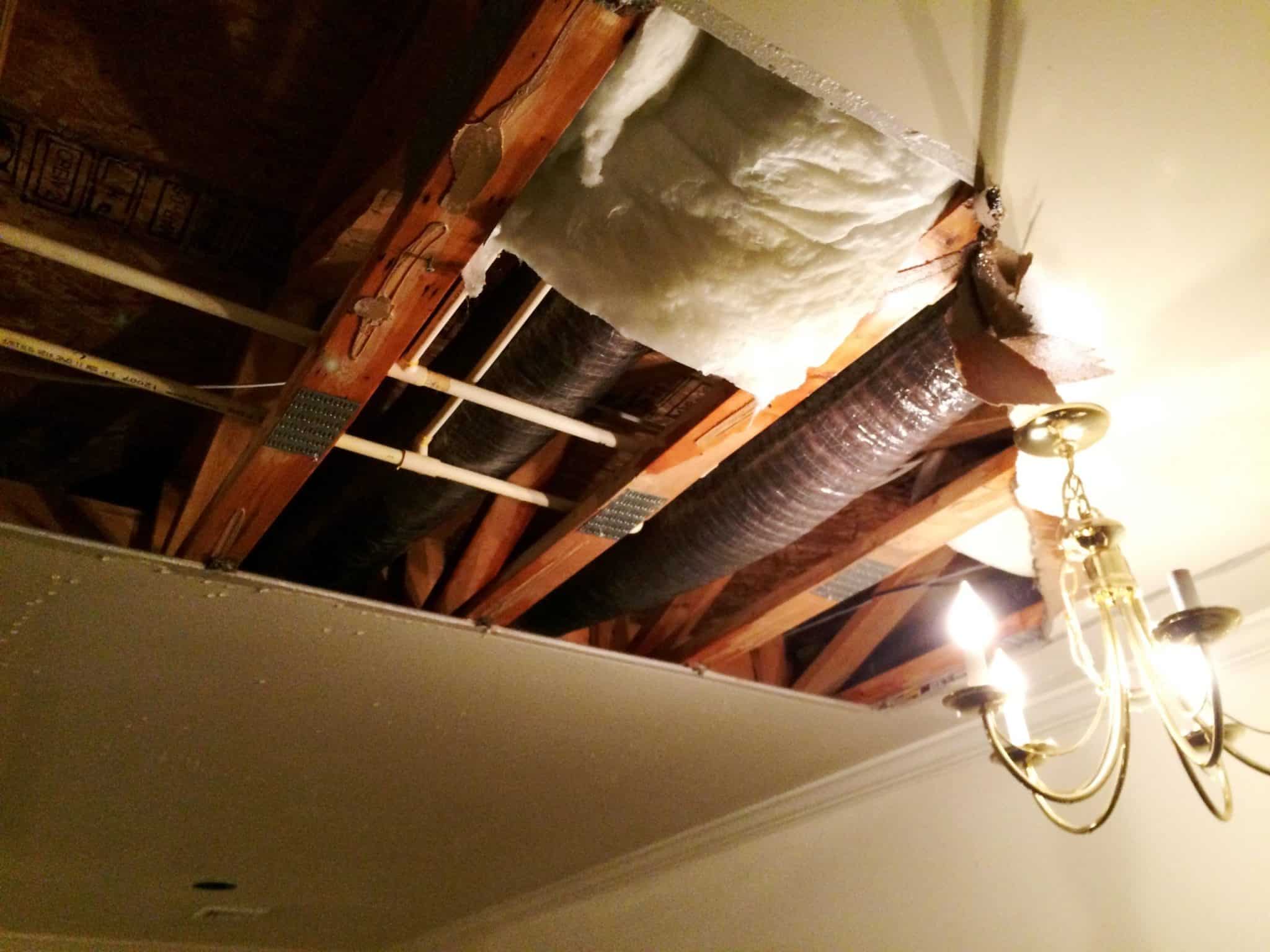Water and flood damage arises from fire damage, broken pipes, blocked drains, malfunctioning appliances, storms, and other causes. The appropriate treatment depends on the nature of the damage. Some water carries contaminate and should be considered hazardous. Whatever the origin, the prospects for restoration depend largely on the speed with which your building and personal property can be dried. Even clean water can generate mildew and other bacterial growth if neglected.
What do I do first in the event of a water or flooding emergency?
There are some steps you can take to minimize the impact of a disaster. They include:
Get to safety
Make sure your family is safe and comfortable; go to a friend’s or relative’s home, a hotel or motel, any place where you can catch your breath and gather your thoughts.
Call Your Insurance Agent
Agents have extensive experience in dealing with disasters, and they will quickly start working on your behalf.
Contact the Experts
You will need a restoration company that you can trust –a company that has experience in dealing with insurance companies offers reasonable completion dates and has a https://compleatrestorations.com reputation for living up to its promises.
Save as Much Property as You Can, If It’s Safe to Do So
Family heirlooms provide a link to the past and will help you recover. Electronics can also often be restored by a qualified restoration specialist. However, no piece of personal property is worth risking your safety; don’t enter an unsafe building for any reason.
Don’t Get Discouraged
Your life will get back to normal. Your home or business can be restored to look as good as or better than it did before. Talk to your insurance adjuster and restoration company; they can advise you of your options.
When water damage happens to you…
- Eliminate the source of the water.
- Ventilate wet areas. Turn on air conditioning for accelerated drying in summer; in winter alternate cycles of opened windows and heating.
- Remove standing water from flat surfaces by sponging and blotting.
- Take up saturated rugs and carpets when hardwood floors are at risk.
- Stay out of rooms where ceilings are sagging from retained water.
- Move electronics to a dry environment and do not turn on if wet.
- Transport computers to a dry environment, remove cases, and blow-dry with low-pressure air.
- Remove lamps, telephones, and decorative items from wet furniture tops.
- Open drawers and cabinet doors for interior drying, but do not force open stuck drawers or doors.
- Freeze valuable books and documents to retard mildew growth. Drying should be next.
- Handle irreplaceable pictures and documents
- Place aluminum foil squares, china saucers, or wood blocks under furniture legs to avoid carpet staining and damage to contents.
Be careful not to…
- Enter rooms with standing water if the electricity is on.
- Operate TVs, vacuums, or other appliances while standing on wet carpet or floors, especially not on wet concrete floors. Serious injury may result.
- Use heat to dry closed building interiors; mildew and expanded moisture may result.
- Leave the wet fabric in place; space them apart and dry them as soon as possible.
If you have further questions and need support resolving water and flood damage, feel free to reach out to Compleat today.

